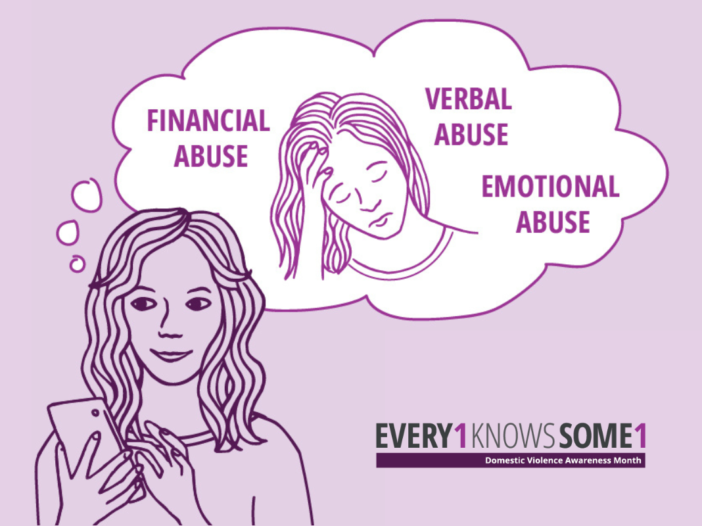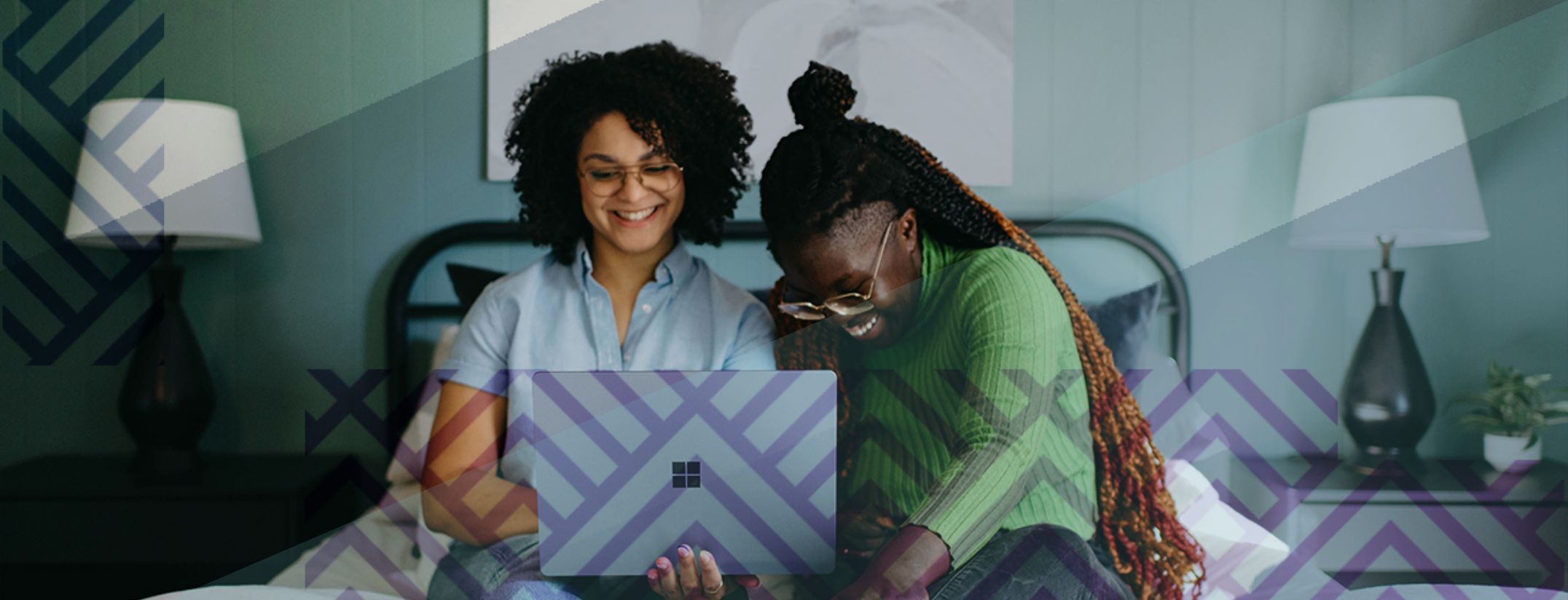
This article was initially published in the Free Times during DVAM 2022
“Their first question is often, ‘why didn’t she leave?’”
South Carolina Coalition Against Domestic Violence and Sexual Assault (SCCADVASA) Executive Director Sara Barber says this is a statement she hears often.
“And really the answer to that is, ‘leave and go where?,’” Barber responds.
Barber is referring to the misconception that domestic violence and sexual assault victims can easily pick up and leave their homes to escape a violent situation.
But leaving isn’t an option for many victims. And it’s never as simple as just walking away.
She said this line of questioning highlights a broader problem of not understanding the impact of domestic violence.
“I think it shows just a complete lack of understanding of what domestic violence really means for victims and for their children,” Barber explained.
A major contributor to continued domestic violence is finding stable and affordable housing.
In today’s housing marketing, domestic violence victims face skyrocketing living costs. WIS News 10 reported rents in South Carolina have increased 29% since 2020 and the average rent for a one-bedroom apartment is $1,087. Buying a home is even costlier.
Rising housing costs have put renting out of reach for many who want to leave a violent household.
“When you look at how much houses cost now, we have a shortage of housing; we have an absolute dearth of affordable housing,” Barber said. “There’s a wait to get on the waitlist for public housing in a lot of cities.”
The challenge of finding a safe and affordable place to live deprives domestic violence victims of one priority: stability.
“It’s just very difficult for people who don’t have resources to find somewhere they can build a safe and stable life,” Barber noted.
The intersection of domestic violence and housing is deeply interconnected. One affects the other; often, a cycle of instability begins, which is difficult for victims to break.
“It just makes it even more daunting to think about leaving,” Barber said.
She explained that when there’s little hope of establishing a safe, stable life outside a violent home, victims will often return to the living situation they fled. This is especially true when a person has experienced homelessness because of domestic violence.
“If you’re living in your car, once the immediate impact of the violence has faded, your partner may ask you to come back,” Barber said. “They promise this will never happen again. It’s more likely that you’re going to go back if you don’t have a stable home. ”
She explained these situations create a cycle of violence, putting safety and stability even further out of reach.
Barber says domestic violence causes victims to live in places they can’t afford just so they can escape. And unfortunately, this often leads to eviction.
While domestic violence can often seem like a distant issue for some, it’s a problem that affects so many in South Carolina. The National Intimate Partner and Sexual Violence Survey (CDC) estimated that 42% of women in South Carolina will experience domestic or sexual violence in their lifetime.
A report published by the Jamie Kimble Foundation estimates the annual cost of domestic violence in this state is $358.4 million in physical and mental health care, court costs, policing and prisons, and lost work productivity.
SCCADVASA’s vision is to end domestic violence through advocacy, education, and providing resources to support the community. They work collaboratively with partners and member programs that provide direct services, shelter, and relief to victims.
Barber emphasized that when people in the community take an active role in learning about domestic violence, it’s a major step forward.
“[We] encourage people to learn about the multiple intersecting issues that impact domestic violence instead of just making assumptions,” Barber explained. “If you don’t make assumptions, you can be more open to finding creative ways to help.”
Those interested in getting involved can donate to support SCCADVASA’s work in prevention, advocacy, and training, volunteer, or give to their local member programs that assist victims of domestic violence.
Barber said advocating for policies to support affordable housing is another crucial step.
“We would also encourage South Carolinians to reach out to their legislators, both state and federal, to advocate for more affordable housing to be built and for other policies that can help support families to find stability in their homes,” she explained.
Barber said domestic violence must be seen as a community-wide problem that impacts everyone. It’s up to the community to develop solutions, support victims, and create ways for those who need help to access it.
“Sometimes we see domestic violence as something that happens to other people,” Barber noted. “It’s over there. We think it only happens to people who’ve made bad decisions, who look different than us. And what we don’t see is that it’s all around us. And that it impacts us all.”
You can learn more about the South Carolina Coalition Against Domestic Violence and Sexual Assault and get involved here.


